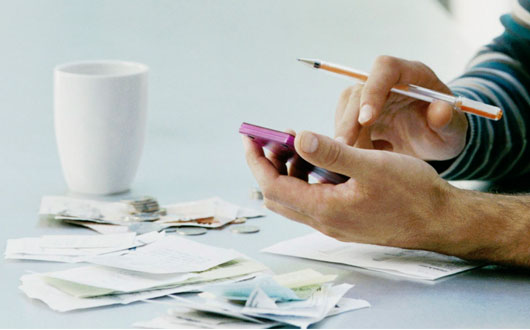All news » VAT schemes for small businesses
VAT schemes for small businesses

If you own a small business, you have several alternatives to the standard VAT accounting that you may consider. In some cases, these VAT schemes can save you time and money so let’s take a look at how each of these VAT schemes works.
Cash Accounting Scheme
The Cash Accounting Scheme basically means that your business doesn’t have to calculate it’s liability on the basis of invoices sent and received, but rather on the basis of payments made and received. This way, if your business is paid in arrears, you have a great advantage, and it can also protect you from bad debts, since if no payment is received, you don’t have to pay any VAT.
This scheme is also relatively easy to use, since you don’t have to apply or notify the HMRC that you are using the Cash Accounting Scheme. Remember, it is really important to track payments carefully during the transition from the standard VAT method to the cash method. If you don’t pay attention, you might end up paying VAT twice, once with the invoice and again when the invoice is paid.
Also, remember that in case of transactions with other states in Europe, there are different rules that apply.
Annual Accounting Scheme
With the Annual Accounting Scheme, you can make only one VAT return each year, and it can be really convenient if this date coincides with the end of the financial year. For some businesses, there can be a cash flow advantage, especially if the turnover is increasing.
For example, if you have a seasonal business and you make most of your sales between April and September, and have a financial year from April to March. Even if the advantages are clear, there are also risks involved with the with future tax liabilities if there are insufficient funds set aside.
Flat Rate Scheme
The Flat Rate Scheme is really attractive for small businesses and seems really simple, but you have to be really careful, since this scheme is often misunderstood. Within this scheme, you have to prepare invoices as you normally would, adding VAT at 20%, and then apply the relevant flat rate to this VAT – inclusive total.
Remember, the business hadn’t suddenly increased its income, because in this case no input VAT is being reclaimed on expenses. The flat rate has been calculated as a typical ‘effective rate’ of VAT for your industry. The flat rate to use can have various percentage rates depending on the trade.
Still, there are a number of complications that may appear if you use the Flat Rate Scheme. Be especially careful with the purchases outside UK.
The scheme was introduced to help small businesses by reducing their administration and costs. In order to figure out if for your particular business this scheme can be beneficial, you need to compare the outcome from the Flat Rate Scheme with the outcome from using the normal VAT scheme. Also, if you have a new found business, your rate is reduced by 1% for the first year of registration.
Get in touch to find out how we can help you
Tagged in: Annual Accounting Scheme Cash Accounting Scheme Flat Rate Scheme Small Businesses VAT schemes
